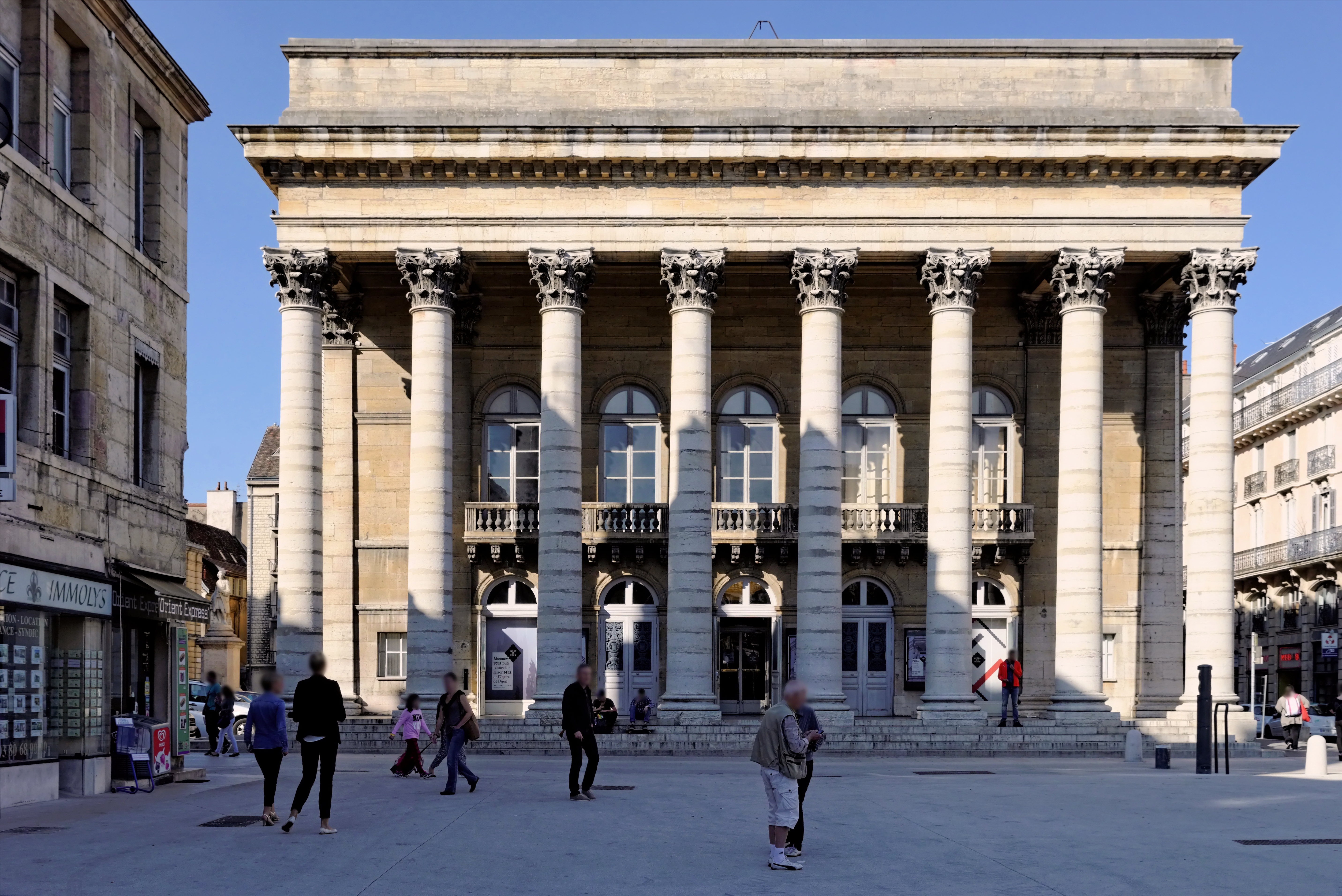|
Opéra De Dijon
The Opéra de Dijon is an opera company and arts organization in Dijon, France. It administers both the Grand Théâtre de Dijon and the Auditorium de Dijon which are its main performance venues. In addition to operas, the organization also stages ballets and classical music concerts. History Opera had been performed in Dijon by travelling opera troupes from the 17th century, although the city did not have its own theatre. The performances were given in privately owned and often ramshackle gambling dens and jeu de paume courts known as ''tripots''. In 1717, the city acquired one of them (the ''tripot des Barres'') with the intention of creating a municipal performing venue. The Salle de Comédie, as it was called by 1743, remained Dijon's main theatrical venue until 1828, with seating only installed in 1817. Prior to that, the audience had watched the performances standing up. The Dijon architect Jacques Cellerier first proposed the construction of a new theatre to replace the ... [...More Info...] [...Related Items...] OR: [Wikipedia] [Google] [Baidu] |
Dijon Théâtre 01
Dijon (, , ) (dated) * it, Digione * la, Diviō or * lmo, Digion is the Prefectures in France, prefecture of the Côte-d'Or Departments of France, department and of the Bourgogne-Franche-Comté Regions of France, region in northeastern France. the Communes of France, commune had a population of 156,920. The earliest archaeological finds within the city limits of Dijon date to the Neolithic Period (geology), period. Dijon later became a Roman Empire, Roman settlement named ''Divio'', located on the road between Lyon and Paris. The province was home to the Duke of Burgundy, Dukes of Burgundy from the early 11th until the late 15th centuries, and Dijon became a place of tremendous wealth and power, one of the great European centres of art, learning, and science. The city has retained varied architectural styles from many of the main periods of the past millennium, including Capetian, Gothic architecture, Gothic, and Renaissance architecture, Renaissance. Many still-inha ... [...More Info...] [...Related Items...] OR: [Wikipedia] [Google] [Baidu] |
